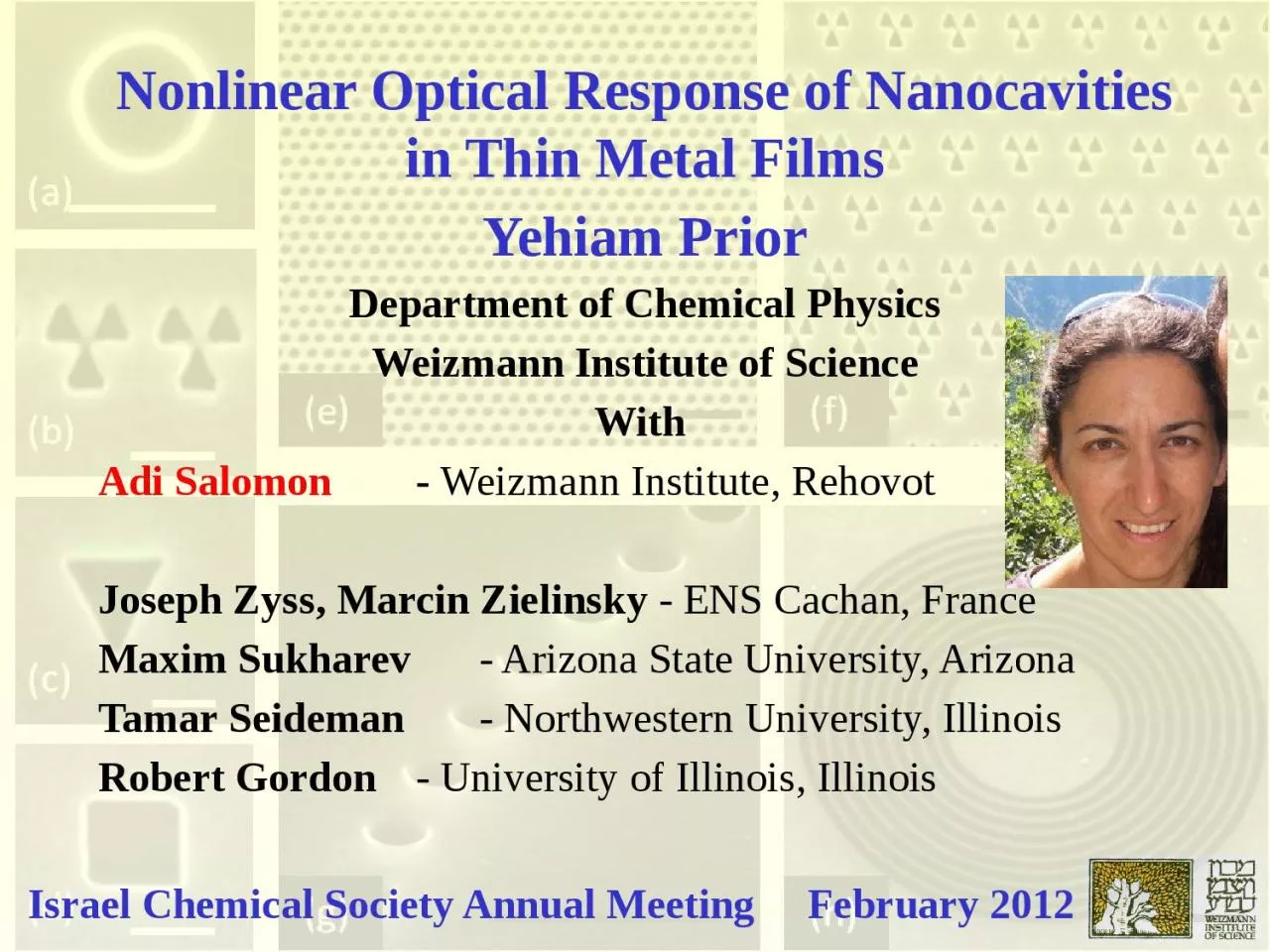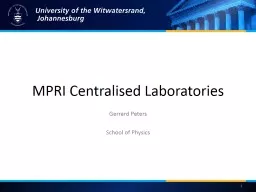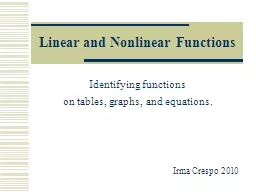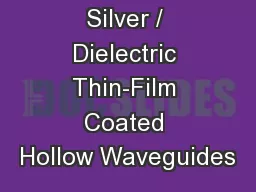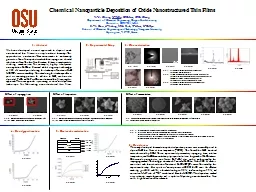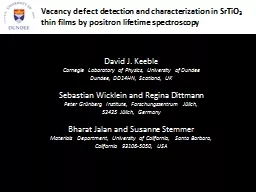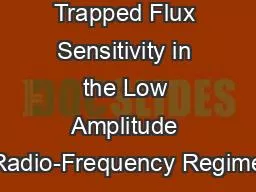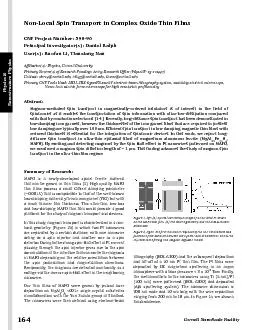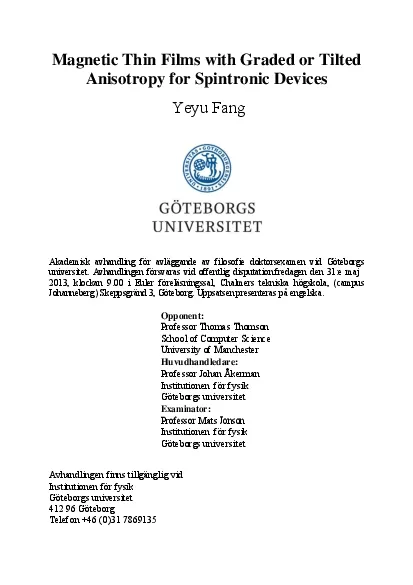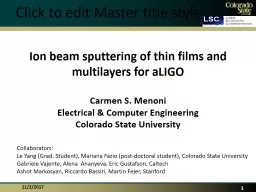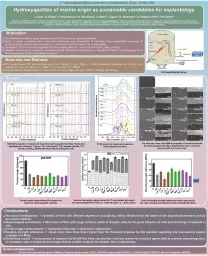PPT-Nonlinear Optical Response of Nanocavities in Thin Metal Films
Author : holly | Published Date : 2024-01-29
Yehiam Prior Department of Chemical Physics Weizmann Institute of Science With Adi Salomon Weizmann Institute Rehovot Joseph Zyss Marcin Zielinsky ENS Cachan
Presentation Embed Code
Download Presentation
Download Presentation The PPT/PDF document "Nonlinear Optical Response of Nanocaviti..." is the property of its rightful owner. Permission is granted to download and print the materials on this website for personal, non-commercial use only, and to display it on your personal computer provided you do not modify the materials and that you retain all copyright notices contained in the materials. By downloading content from our website, you accept the terms of this agreement.
Nonlinear Optical Response of Nanocavities in Thin Metal Films: Transcript
Download Rules Of Document
"Nonlinear Optical Response of Nanocavities in Thin Metal Films"The content belongs to its owner. You may download and print it for personal use, without modification, and keep all copyright notices. By downloading, you agree to these terms.
Related Documents

